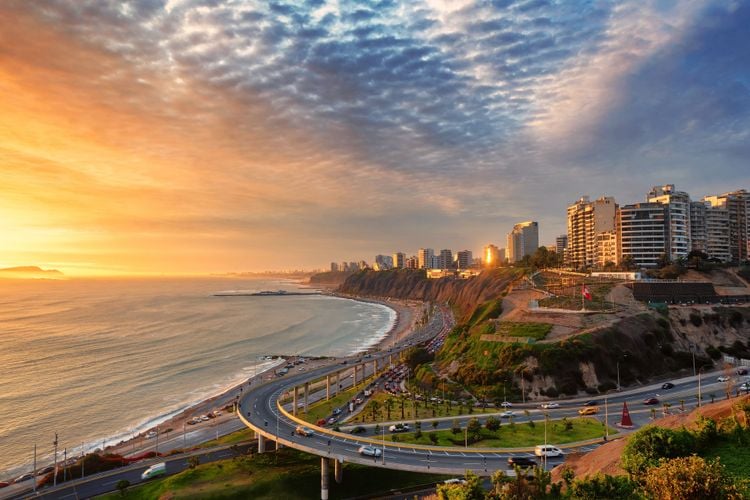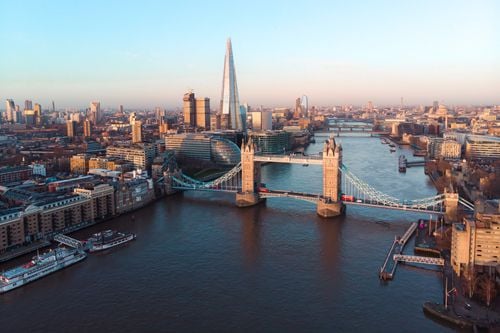Peruvian cuisine is one of the most renowned in the world. In Lima, there is no shortage of restaurants offering dishes that differ from those in other parts of the country. There are also many recipes influenced by cuisine from Japan, China, Spain and Africa. As a result, there are many establishments offering fusion cuisine, prepared with typical Peruvian foods but inspired by a different culture. For example, one of the typical dishes, chaufa, has been influenced by Chinese recipes. It consists of chaufa rice fried with soy sauce, to which small pieces of chicken or pork are added.
Colourful and rich in flavour, Peruvian cuisine is one of the country's main assets. Each region has its own speciality and way of doing things, and recipes and ingredients differ from north to south. Famous for their ceviches, the Peruvians have succeeded in exporting their cuisine to Europe, and Lima has been called the world capital of gastronomy. The dishes reflect the entire history of Peru. You'll find recipes influenced by Italian and Japanese cuisine, for example. In Lima, many restaurants offer a real culinary voyage with dishes from different regions of the country. Fusion cuisine, Amazonian meals, cevicheria... we tell you all about Peruvian gastronomy.

A Peruvian dish served at the Gocta Andes Lodge restaurant in Peru
- © Fallon Bouvier / EasyvoyageFusion cuisine influenced by immigration
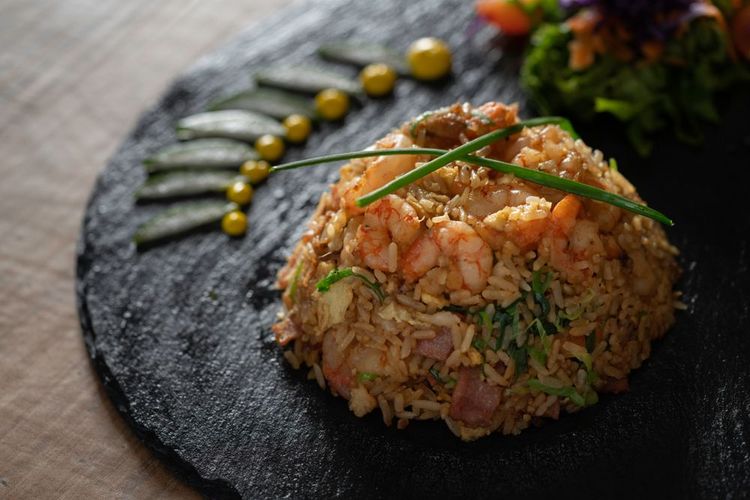
Arroz Chaufa, a typical Peruvian dish influenced by Chinese cuisine
- © Diego Antonio Tsay Liu / ShutterstockIn Lima, fish is the mainstay of the cuisine. It is eaten in a variety of ways, raw, prepared and cooked. Among the most typical dishes, ceviche comes first, followed by tiradito. These dishes based on marinated raw fish are very popular with Peruvians and South Americans in general. In Lima, there are countless Cevicherias, restaurants dedicated to these dishes. The most famous are in the Miraflores and Barranco districts. A word of advice: don't go in the evening, as Peruvians are used to going to these restaurants at midday to get the freshest fish possible, so some of these establishments close at 5pm.
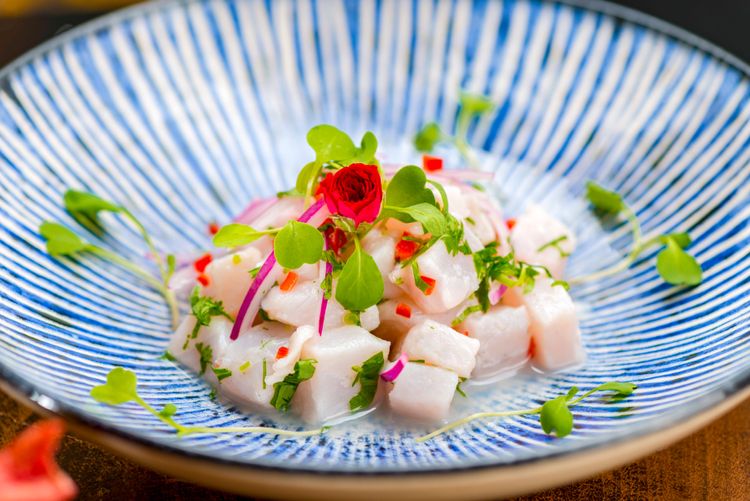
A typical Peruvian fish ceviche
- © rmfotos / ShutterstockFill up on flavours at Lima's central market
To get a good idea of Peruvian gastronomy, head to Lima's central market. You'll find fruit and vegetables typical of Lima and the surrounding area, as well as stalls offering on-site dining. This is your chance to try ceviche or lomo saltado, Peru's flagship dishes. A visit to the central market is a great way to immerse yourself in Peruvian culture, meet the friendly locals and enjoy the atmosphere. The central market is located near the historic centre, just a stone's throw from Chinatown.
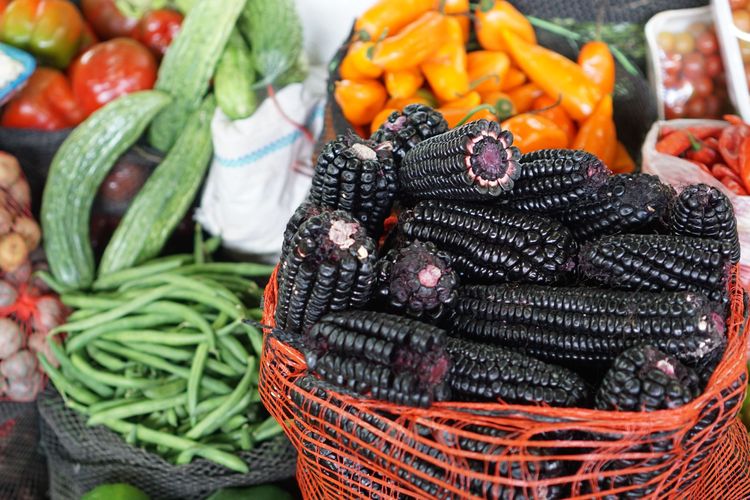
The vegetables of Peru's central market
- © Scott Biales DitchTheMap / ShutterstockFocus on Gaston Acurio
In Lima, many Michelin-starred chefs offer traditional cuisine in renowned restaurants. Among them is Gaston Acurio, a Michelin-starred chef who, in just a few years, has become a true ambassador for Peruvian gastronomy, appearing on TV programmes and writing some twenty books. In all, he has opened 32 restaurants in South America, the United States and a few in Europe. In Peru, he is seen as a real star, and his establishments can be found in different parts of the country, but where there are the most is in the capital, Lima. If you're staying in Lima, we recommend going to Cebicheria La Mar for lunch.
¨NBSP; See this post on Instagram
In the San Isidro district, the chef has opened a restaurant in a building with colonial architecture, with his partner. Named Astrid y Gaston, it is one of the 50 best restaurants in the world.
See this publication on Instagram
Different cuisines in different regions
Lima's cuisine is a blend of cultures, and differs from the rest of the country, which also has its own typical dishes, as in the Amazon and the Andes. Nevertheless, being in the capital you'll find restaurants that can give you a taste of the flavours you'll find elsewhere. The Amaz restaurant offers Amazonian cuisine with a gastronomic twist.
Amazonian cuisine can surprise tourists passing through the region, who will be tasting dishes they have never tasted before. The food comes from the forests, rivers and lands of the Amazon. Many dishes are based on potatoes, manioc, plantains, fish and meat. Among the typical dishes is Juane and its many variations. This is a chicken stew spiced up and wrapped in a bijao leaf.
Juane de Arroz, for example, is a leading variant. It is made with rice, chicken and manioc (also known as yuca) wrapped in a bijao or banana leaf.
Païche, a fish found in Amazonian rivers, is also widely eaten in the region. It is the largest freshwater fish in the world. Pango de Païche is often found on restaurant menus. Boiled in salted water, the fish is then served with plantains or manioc. You'll also find drinks made with typical fruits such as camu camu, a type of small plum from the camu camu tree, endemic to the Peruvian Amazon.
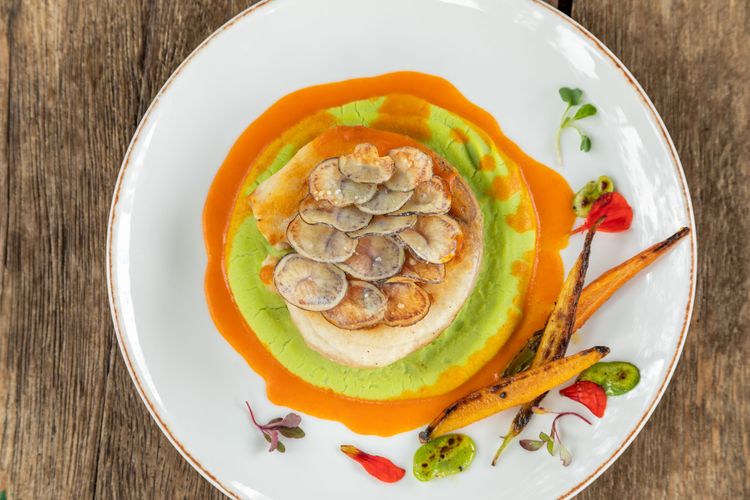
Paiche with potatoes, a typical Peruvian dish
- © Daniel Escobar Fotografo / ShutterstockIn the Andes mountains, the dishes and foods are still different, and some date back to pre-Inca times. Meat, cheese production, maize cultivation and wood-fired cooking techniques are the hallmarks of Andean gastronomy. One traditional dish that should not be missed is pachamanca. Served on special occasions, it dates back to the time of the Wari and the Incas. While the ingredients, made from a variety of meats (including guinea pig, an animal much eaten in Peru), potatoes, maize paste, cheese and Andean herbs, remain the same, the cooking technique has changed. In the past, civilisations cooked on the ground by digging a hole and heating the food with stones, as a sort of tribute to the earth and the gods.
You'll also find typical soups in the Andes, such as patasca, which contains maize, meat, potatoes and spices, or quinoa soup, made from sweet potatoes, maize, peppers, carrots, celery and, of course, quinoa.
¨NBSP; See this post on Instagram
In Arequipa, the cuisine is based on chilli peppers, olive oil and meat. To see for yourself, head to one of the many picanterias in the region. These traditional restaurants, open at lunchtime, are a great place to visit as a tourist, not only to enjoy the typical atmosphere but also to discover new flavours. The star dish, rocoto relleno, consists of chilli stuffed with minced meat.
 Peru
Peru
